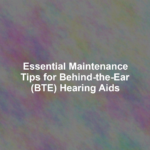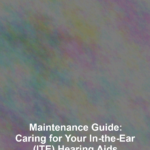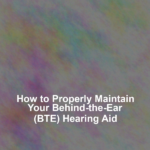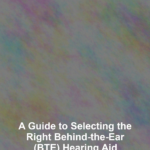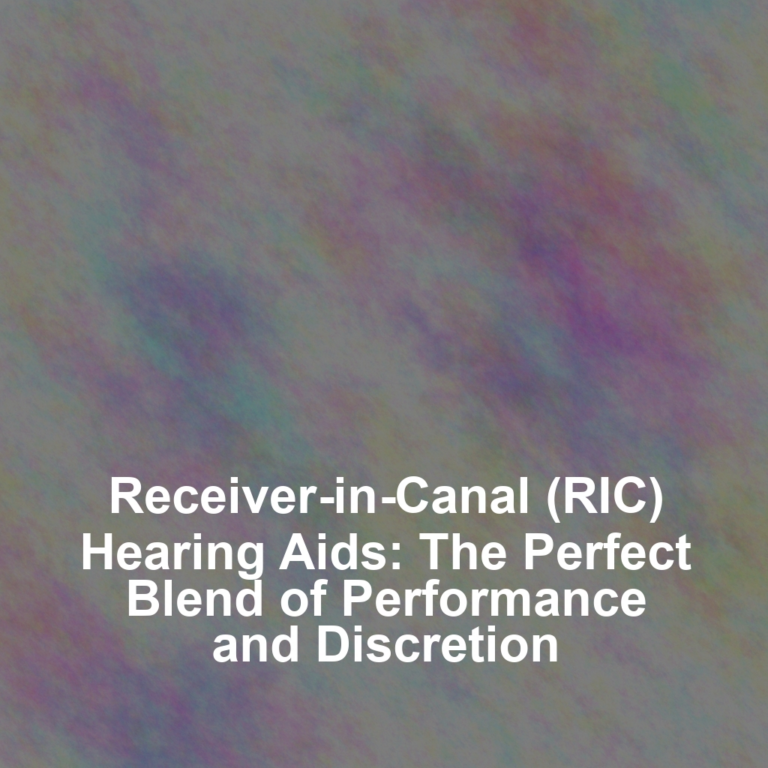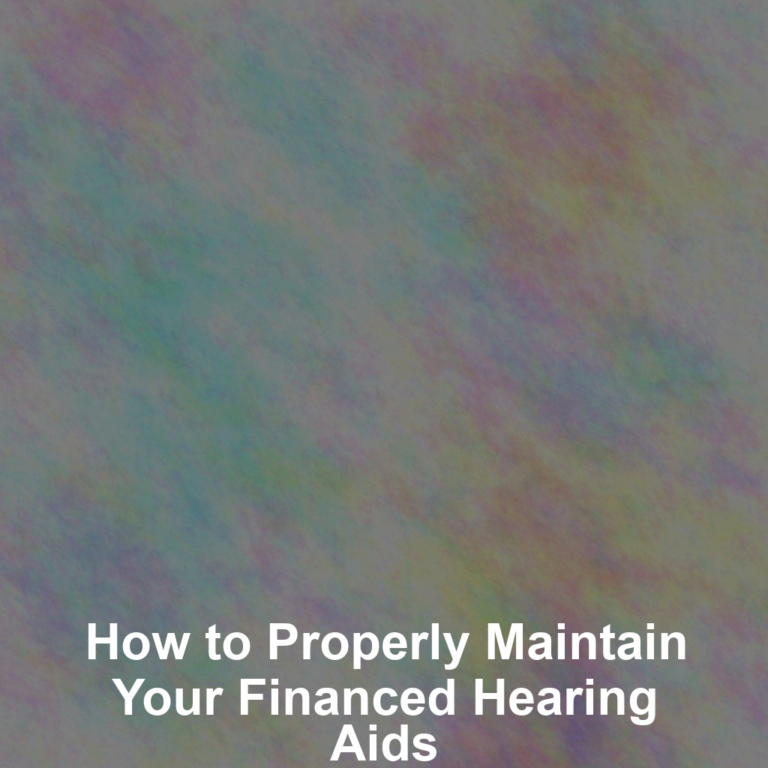Just as the strings of a Stradivarius violin must be finely tuned and cared for to produce the purest sound, your Behind-the-Ear (BTE) hearing aids require regular maintenance to perform at their best. ItG??s crucial to understand that the longevity and efficiency of your hearing devices hinge on the care you provide.
YouG??ll find that a daily cleaning routine can prevent many of the common issues that might otherwise impair your hearing experience. By keeping them in top shape through weekly maintenance checks, changing batteries and filters as needed, and following safe storage practices, you ensure your hearing aids remain reliable companions.
But what happens when, despite your best efforts, you encounter a hitch? Knowing how to troubleshoot common problems can save you time and unnecessary visits to your audiologist. Stick around, and youG??ll uncover some invaluable tips to keep your BTE hearing aids sounding clear and staying comfortable.
Daily Cleaning Routine
Every evening, take a few minutes to wipe down your behind-the-ear (BTE) hearing aids with a soft, dry cloth to remove any accumulated debris. ItG??s a simple habit thatG??ll keep them functioning at their best. Make sure youG??re gentle; too much pressure can damage the delicate components.
Next, inspect the earmold for earwax or moisture. If you find any, use a wax pick or hook G?? often provided in your hearing aid care kit G?? to carefully remove blockages. DonG??t forget, moistureG??s your gadgetG??s enemy. If your earmolds are detachable, separate them nightly and let them air out.
Check the tubing for condensation. If thereG??s any moisture, a blower tool can clear it out. DonG??t insert anything into the tubing that could puncture it. Remember, damaged tubing can affect the sound quality and should be replaced as needed.
Lastly, always handle your BTE hearing aids with clean hands to prevent transferring oils or dirt. And donG??t leave them in the bathroom; humidity can wreak havoc. By sticking to this routine, youG??ll extend the life of your hearing aids and ensure theyG??re ready to perform when you need them.
Weekly Maintenance Checks
While daily cleaning is crucial for your BTE hearing aids, dedicating time once a week for a thorough maintenance check can prevent potential issues from escalating. Set aside a few minutes every week to ensure your hearing aids are functioning at their best.
HereG??s a checklist to guide you through your weekly maintenance routine:
- Check the battery contacts for any corrosion. If you spot any, gently clean them with a dry cloth. Corrosion can interfere with power supply and cause unnecessary static.
- Examine the tubing for any signs of hardening, discoloration, or cracks. These can affect sound quality and comfort. Replace tubing as recommended by your hearing care professional or when you notice any of these signs.
- Test the hearing aidG??s sound quality. Listen for any changes in performance, including static, feedback, or volume fluctuations. If you notice anything unusual, it might be time to visit your audiologist.
- Inspect the earmold and earpiece for wax or debris build-up. Use a soft brush or a wax pick tool designed for hearing aids to clean away any blockages carefully.
Changing Batteries and Filters
Regularly changing the batteries and filters in your BTE hearing aids is essential to maintain optimal performance and prevent sound quality degradation. Batteries are the lifeline of your hearing aids, and when they start to wane, so does the consistency of your deviceG??s function. YouG??ll know itG??s time for a change when the sound becomes faint or distorted, or your hearing aid sends an audible signal indicating low battery.
To change the batteries, open the battery compartment and remove the old battery. Be sure to dispose of it properly. Insert the new battery, ensuring the positive and negative ends are facing the correct direction. Close the compartment and your hearing aid should power up.
As for filters, they protect the speaker from earwax and debris. These tiny components can clog over time, which can muffle sound. You should change your filters monthly or when you notice a decline in sound quality. To replace a filter, use the tool provided by your hearing aid manufacturer to remove the old filter and insert a new one.
Adhering to these simple maintenance steps will extend the life of your BTE hearing aids and keep them working effectively, ensuring you donG??t miss a beat in your daily life.
Safe Storage Practices
After ensuring your BTE hearing aids are equipped with fresh batteries and clean filters, itG??s crucial to focus on how you store them to prevent damage and maintain their functionality. Safe storage isnG??t just about where you place them; itG??s also about the conditions in which theyG??re kept.
Here are some key practices to remember:
-
Keep them dry: Store your hearing aids in a dry place to avoid moisture buildup, which can damage their internal components.
-
Use a protective case: Always put your BTE hearing aids in a sturdy case when not in use. This will protect them from physical damage and dust.
-
Avoid extreme temperatures: DonG??t leave your hearing aids in places with high heat or cold, such as a car on a sunny day or near a window during winter.
-
Keep away from pets and children: Store your hearing aids out of reach to prevent them from becoming toys or snacks for curious pets or kids.
Troubleshooting Common Problems
Even with meticulous care, you might encounter issues with your BTE hearing aids, so itG??s important to know how to troubleshoot common problems effectively. If youG??re experiencing no sound or low sound, first check the battery. Make sure itG??s properly inserted and has charge. If the battery is fine, examine the tubing for blockages or damage and replace it if necessary.
Should you notice distorted or intermittent sound, itG??s often a moisture issue. Open the battery compartment and remove the battery overnight to allow any moisture to evaporate. You can also use a dehumidifier designed for hearing aids to help with this process.
If feedback or whistling occurs, ensure that the hearing aid fits snugly in your ear. A poor fit can allow sound to escape and re-enter the microphone, causing feedback. Also, check for wax buildup in your ear canal, as this can also lead to whistling sounds.
Lastly, if the hearing aid isnG??t turning on, double-check the battery and make sure the battery door is fully closed. If these steps donG??t resolve the issue, contact your hearing care professional for further assistance. Regular maintenance can prevent many issues, but knowing these troubleshooting tips will keep your BTE hearing aids functioning well.
Conclusion
YouG??ve got this! Keep your BTE hearing aids in top shape with a daily clean, weekly checks, and regular battery and filter changes.
Always store them safely when not in use. If you hit a snag, donG??t fretG??most issues are easy to fix.
Remember, taking care of your hearing aids means theyG??ll take care of you, ensuring clear sound day in and day out.
Stay diligent and enjoy the benefits of your well-maintained device.

